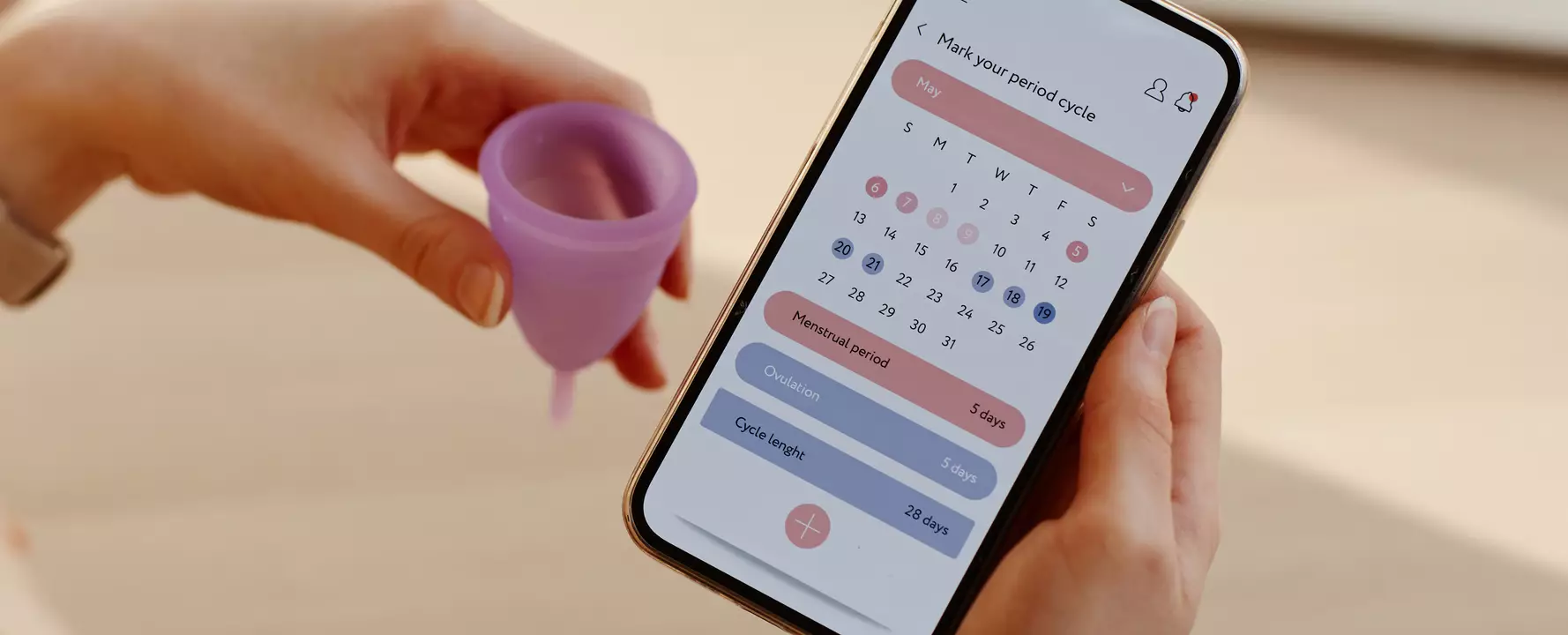The association between the human menstrual cycle and the phases of the Moon has been a topic of interest in many cultures. Despite the similarities in the average cycle time and the month, there has been little evidence to support a direct link between the two. A recent study conducted by a research team from France and the US suggests that menstrual cycle rhythms are primarily governed by the body’s internal clock rather than being a sum of processes intrinsic to the cycle itself. However, there is a weak but significant association with the Moon’s orbital period, hinting at a more fundamental biology once reliant on the timing of the tides.
In 1871, Charles Darwin proposed that there may be an evolutionary origin to the perceived synchronicity between lunar and menstrual cycles. He suggested that remnants of our primordial birthplace, a shore washed by the tides, might still influence some of our biological functions. While this theory has some merit for species that rely on high tides for reproduction, such as certain fish and bivalves, its applicability to human menstrual cycles remains uncertain.
The study analyzed data from almost 27,000 menstrual cycles of European and North American women and identified ‘phase jumps’ in which menstrual phases align with an external body clock. This suggests that if the cycle lengthens for any reason, the body’s internal clock adapts to quickly shorten it. The researchers concluded that the body’s internal clock, with a period of just over 24 hours, plays a significant role in regulating menstrual cycles. This circadian rhythm remains stable for each individual regardless of external factors such as sunlight exposure.
While the study found a weak but statistically significant relationship between menstrual and lunar cycles, the association varied depending on geography. Menstrual cycles in Europe tended to align with the waxing crescent of the Moon, while in North America, they aligned with the full moon. The researchers speculated that lifestyle differences, such as sleep-wake cycles, between the populations from these continents might account for this variation.
The study’s findings have implications for potential fertility treatments, as understanding how genes regulate the menstrual cycle is crucial to comprehending its chronobiology. A specific gene variant linked to a hormone affecting cycle length has been identified in a previous study. However, further research with larger groups is needed to confirm these findings and gain insight into the underlying mechanisms. If the presence of an internal clock controlling the menstrual cycle is validated in subsequent studies, it could pave the way for novel chronobiological approaches to treat ovulation disorders.
While the connection between menstrual cycles and the Moon remains somewhat enigmatic, the study sheds light on the role of the body’s internal clock in regulating menstrual rhythms. The findings hint at a complex interplay between biological processes and external factors, paving the way for future research in circadian medicine.


Leave a Reply